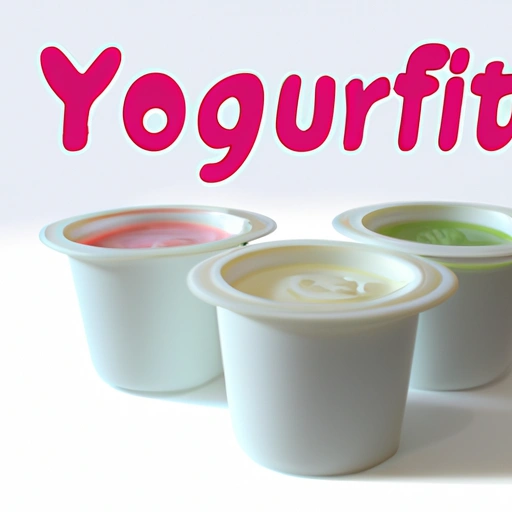Yogurt
Description

Yogurt is a versatile dairy product that is created by the bacterial fermentation of milk. The bacteria used to make yogurt are known as yogurt cultures, which ferment lactose, the natural sugar found in milk. This process produces lactic acid, which acts on milk protein to give yogurt its texture and characteristic tang. Yogurt's consistency can range from creamy to thick, and it can be made from all types of milk. Variants include low-fat, non-fat, and whole milk versions.
Common uses
Yogurt is commonly used as a breakfast food, snack, or cooking ingredient. It can be eaten plain, sweetened, or flavored with fruit, honey, or spices. In cooking, it is used in sauces, dips, dressings, marinades, smoothies, baked goods, and desserts.
Nutritional value
Calories
An average serving of plain yogurt (1 cup or 245 grams) contains around 149 calories (623.7 kJ).
Protein
This same serving size offers approximately 8.5 grams of protein, contributing to muscle repair and growth.
Fat
Whole milk yogurt contains around 8 grams of fat, while low-fat and non-fat varieties contain less.
Carbohydrates
Plain yogurt has about 11 grams of carbohydrates, mostly from lactose (milk sugar).
Vitamins
Yogurt is a good source of B vitamins, particularly B12 and riboflavin, which help in energy metabolism and red blood cell production.
Minerals
It is rich in important minerals such as calcium, essential for bone health, and potassium, which helps regulate blood pressure.
Health benefits
Yogurt is known for its probiotic properties, which support the digestive system. It also contributes to bone health due to its high calcium and vitamin D content, when fortified. Regular consumption can enhance the immune system and may reduce the risk of certain diseases.
Potential risks
For individuals with lactose intolerance, consuming yogurt can lead to digestive discomfort. Additionally, some yogurts with added sugars can be high in calories, which might not be suitable for a calorie-controlled diet.
Common recipes
Yogurt is used in a variety of recipes, including tzatziki, smoothies, frozen yogurt, marinades for meats, salad dressings, and various baked goods.
Cooking methods
It can be consumed raw or used in cooking and baking. However, high temperatures can kill the beneficial bacteria, so it's often added at the end of the cooking process or used in no-bake recipes.
Pairing with other ingredients
Yogurt pairs well with fruits, nuts, honey, and herbs. It also complements both sweet and savory dishes and can be used as a healthier substitute for mayonnaise, sour cream, or cream in recipes.
Summary
Yogurt is a nutritious and adaptable ingredient that enhances a wide array of dishes. With its creamy texture and tangy flavor, it can be used in both traditional and innovative recipes, adding richness and nutritional benefits to meals around the world.